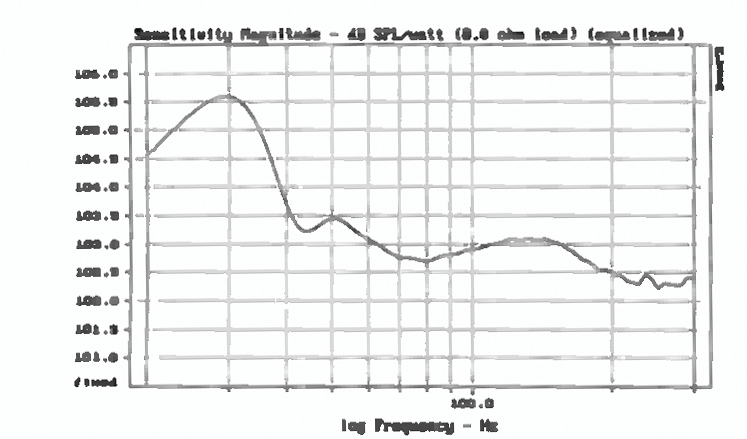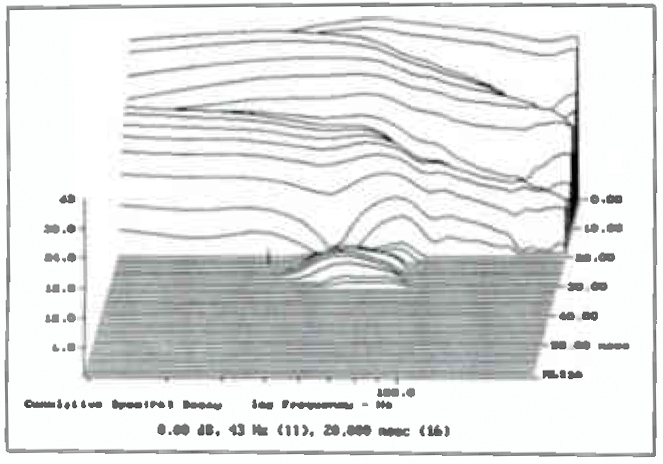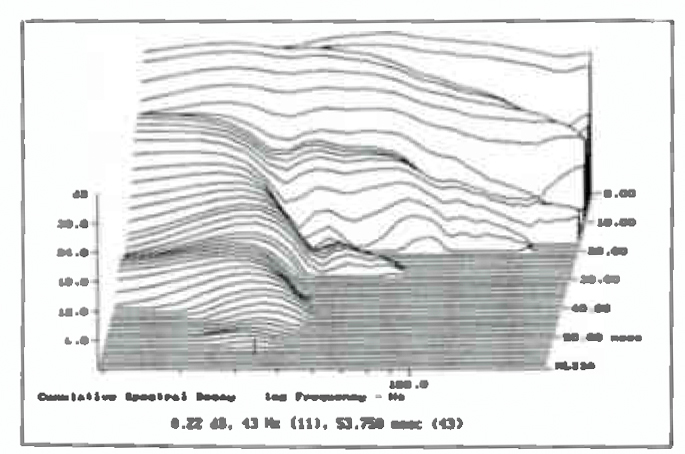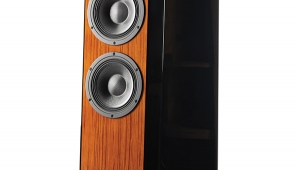| Columns Retired Columns & Blogs |
JA1, thank you very much for posting these historic reviews.
One small request: would it be possible to dig up and append the Manufacturer's Comment from Kevin Voecks? It would really help provide another perspective to the dialog between LG, PWM, and RH.
I will add that reviews like this are very special and important, for several reasons: 1/ It is a NEGATIVE review, in which the reviewer explicitly states that the product is NOT recommended. This is exceedingly rare in Stereophile's pages over the last two decades, so it is useful to see an example of one; 2/ It contains 3 different perspectives from Stereophile reviewers -- which goes to show how opinions and value judgements can vary -- dramatically (and the manufacturer's comment would add a valuable 4th), and 3/ The primary full-length subjective review by RH somewhat contradicts the objective measurements provided - the measurements show 'near textbook' engineering and performance, while the subjective perspective shows dissatisfaction, an example of how great measurements are merely a necessary but not sufficient condition for great subjective performance in a loudspeaker.
I'll add one more general comment, which is that the review language of this prior era seems more analytically pointed than that which is commonplace today. It is easier for me to grasp how a component sounds using that more straightforward language than the more evocative poetry that appears now. I've read things recently in this magazine along the lines of "the singers sounded like they were dancing barefoot in the candlelight in a state of intense reverie." I mean, the latter is descriptive but I have no idea how that impression would map to my experience listening to the component in my system with my music. For all I know, that may translate to all music sounding crude, blurry, and dimly-lit ... served with a side of painful calluses that respond poorly to repeat salicylic acid treatments and long foot soaks.











































